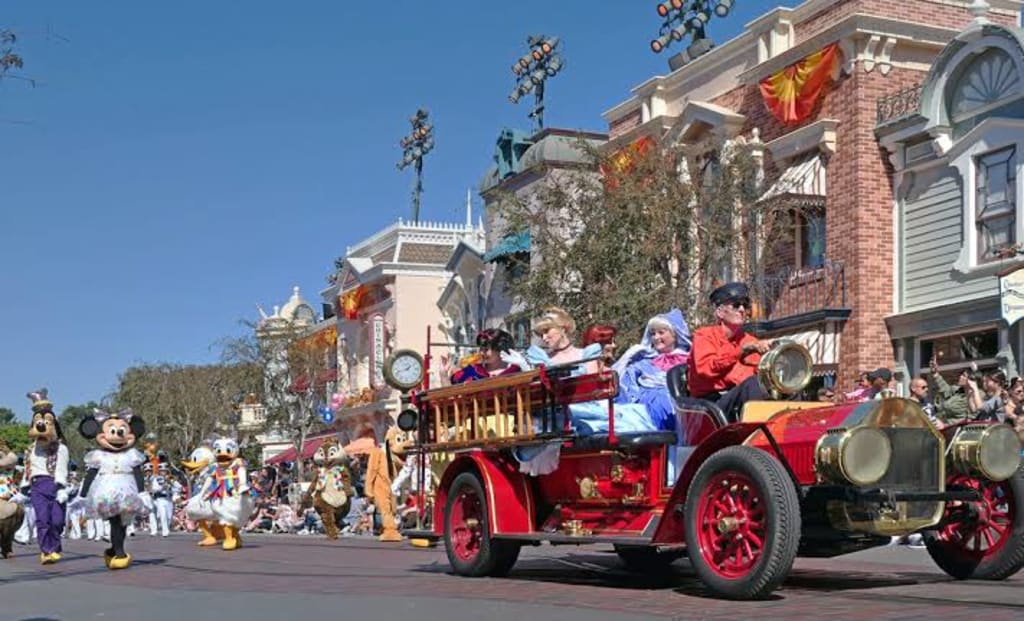
In June 1970, one year after the Stonewall Riots, a group of LGBT+ activists organized the first Pride parade in New York City. The parade, which was originally called the Christopher Street Liberation Day March, was a historic event that would pave the way for LGBT+ rights around the world.
The parade was planned by a group of activists, including Craig Rodwell, Fred Sargeant, and Ellen Broidy. They wanted to create a public demonstration of LGBT+ visibility and pride, and to demand equal rights and protections under the law. The organizers chose the anniversary of the Stonewall Riots as the date for the parade, and they chose a route that would pass by several key locations in the city, including Central Park and the United Nations.
On the day of the parade, thousands of people gathered in Greenwich Village, many of them dressed in colorful costumes and carrying signs and banners. The atmosphere was joyful and celebratory, but also defiant, as the marchers knew that they were risking arrest and violence by openly identifying as LGBT+.
As the parade wound its way through the streets of New York, it attracted attention and support from people of all walks of life. Some bystanders jeered and heckled the marchers, but others cheered them on and joined in the celebration. The parade ended with a rally in Central Park, where activists and allies gave speeches and performed music and poetry.
The first Pride parade was a powerful symbol of LGBT+ visibility and pride, and it helped to launch a global movement for equal rights and protections. Today, Pride parades are held in cities all over the world, and they continue to be an important way for LGBT+ people to celebrate their identity and demand equality. While there is still much work to be done to achieve full equality and acceptance for LGBT+ people, the first Pride parade was a pivotal moment in the history of the movement, and it continues to inspire and empower people to this day.
Lessons
The first Pride parade teaches us several important lessons:
Visibility is important: The organizers of the first Pride parade recognized the power of visibility in advancing their cause. By marching openly through the streets of New York, they showed the world that LGBT+ people exist and deserve to be seen and heard.
Pride is a form of resistance: The first Pride parade was a response to years of oppression and marginalization. By celebrating their identity and demanding equal rights, the marchers were resisting the forces that sought to silence and marginalize them.
Solidarity is key: The first Pride parade attracted support from people of all walks of life, showing that the struggle for LGBT+ rights is not just a "gay issue." Allies and supporters played a crucial role in the success of the parade and continue to be important partners in the fight for equality.
Change is possible: The first Pride parade was a historic moment that helped to launch a global movement for LGBT+ rights. It shows us that change is possible, even in the face of seemingly insurmountable obstacles, and that by working together and staying committed to our values, we can make progress towards a more just and equitable world.
Resistance is not new: Many Pride stories, like the Stonewall Riots, show us that resistance to oppression and marginalization is not a new phenomenon. For centuries, marginalized communities have fought back against discrimination and injustice, and Pride stories remind us of the long history of resistance and struggle.
Activism works: Pride stories also show us that activism can be a powerful force for change. Whether through protests, rallies, or other forms of direct action, activists have been able to raise awareness about important issues, change laws and policies, and shift public attitudes.
Representation matters: Pride stories also teach us the importance of representation. Seeing positive images of LGBT+ people in the media, in politics, and in other areas of public life can help to challenge stereotypes and promote acceptance and inclusion.
Diversity is essential: Pride stories also highlight the importance of diversity within the LGBT+ community. While all LGBT+ people share some common experiences, there is also a great deal of diversity within the community, in terms of race, ethnicity, gender, sexuality, and other factors. Recognizing and celebrating this diversity is essential for building a truly inclusive movement for LGBT+ rights.
Pride is ongoing: Finally, Pride stories remind us that the struggle for LGBT+ rights is ongoing. While there have been many important victories over the years, there is still much work to be done to achieve full equality and acceptance for all LGBT+ people. Pride events, protests, and other forms of activism are essential for keeping these issues in the public eye and continuing to push for progress.
About the Creator
Openee Article
Openee Article . Specializing in writing artcile about Entertainers,Scientists,etc... we have a talent for making complex subjects accessible and engaging to a wide audience.






Comments
There are no comments for this story
Be the first to respond and start the conversation.